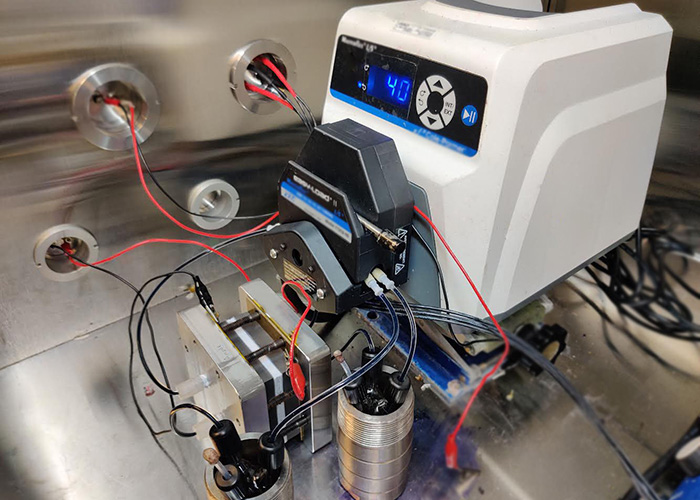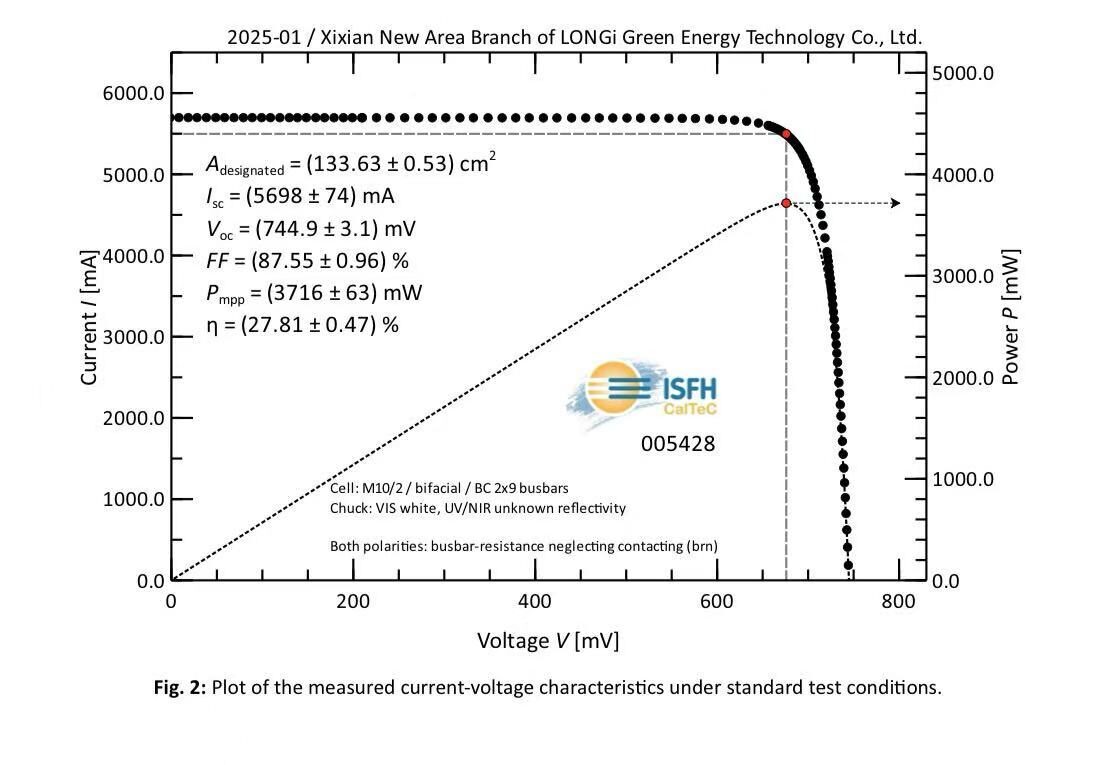Researchers at the University of Akron in the United States have developed a water-soluble positive electrolyte – a, so-called catholyte – that is claimed to increase the energy density of aqueous organic redox flow batteries (AORFBs).
The scientists shaped the catholyte by using two ligands: 2,2′-bipyridine-4,4′-dicarboxylic (Dcbpy) acid, and cyanide. Cyanide was previously used in other research and was found to be able to improve the voltage and solubility of redox batteries compared to the commonly used ferrocyanide ligands.
The academics built the battery through what they called a symmetry-breaking strategy, which consists of changing the symmetry of the redox-active organic molecules, instead of using the common approach of attaching a hydrophilic functional group. Hydrophilic functional groups are membranes used to achieve fast ion transport combined with high molecular selectivity, and to provide aqueous organic flow batteries with energy efficiency and capacity retention.
The research group said its approach results in a considerable improvement of the molecules' solubility. The battery is claimed to have retained more than 90% of capacity over 6,000 cycles, which the scientists said projects “more than 16 years of uninterrupted service [at] a pace of one cycle per day.” The capacity fading rate was 0.00158% per cycle, or 0.217% per day.
The scientists are currently planning to design new materials for this battery technology and have already submitted a patent application to the relevant U.S. authorities. “To significantly improve the performance of aqueous organic RFBs, the urgency of developing new catholyte[s] is crucial,” said researcher Yu Zhu.
The device was described in the paper Symmetry-breaking design of an organic iron complex catholyte for a long cyclability aqueous organic redox flow battery, published in nature energy.
This content is protected by copyright and may not be reused. If you want to cooperate with us and would like to reuse some of our content, please contact: editors@pv-magazine.com.




Are there any “affordable” residential Flow battery systems? I have solar panels and the converter gets very hot because there is no room to store all of the solar power the panels put out. Currently I’m using lead acid car batteries. Hope you can help. Kenny
Your converter gets hot because of the voltage difference between your panels and battery bank. That’s normal.
Is depth of discharge relevant to a flow battery? If so what value is used for these tests?
The DoD is not very relevant. But the electrolyte volume and the current density they use is. The numer of cycles means VERY little for flow batteries (because if you cut the electrolyte volume in half, the cycle time is cut in half. In the extreme, you can run hundreds of cycles per hour). The capacity fade per day is a much better metric, and if you take the number given in this article, 0.217%, you will find that the lifetime is not exactly 16 years.